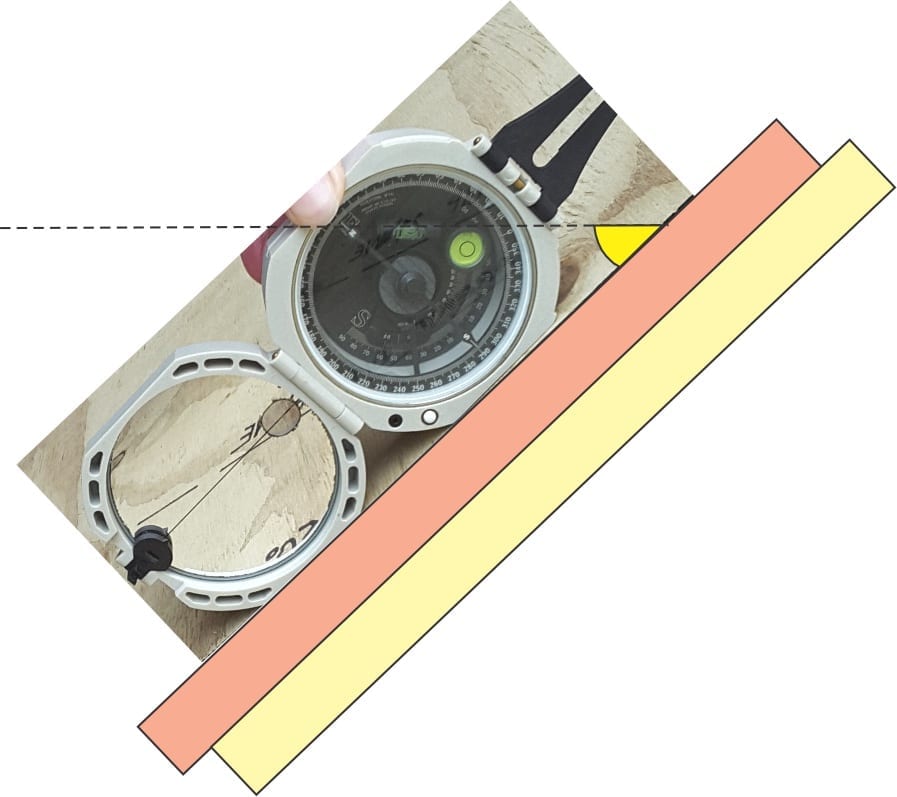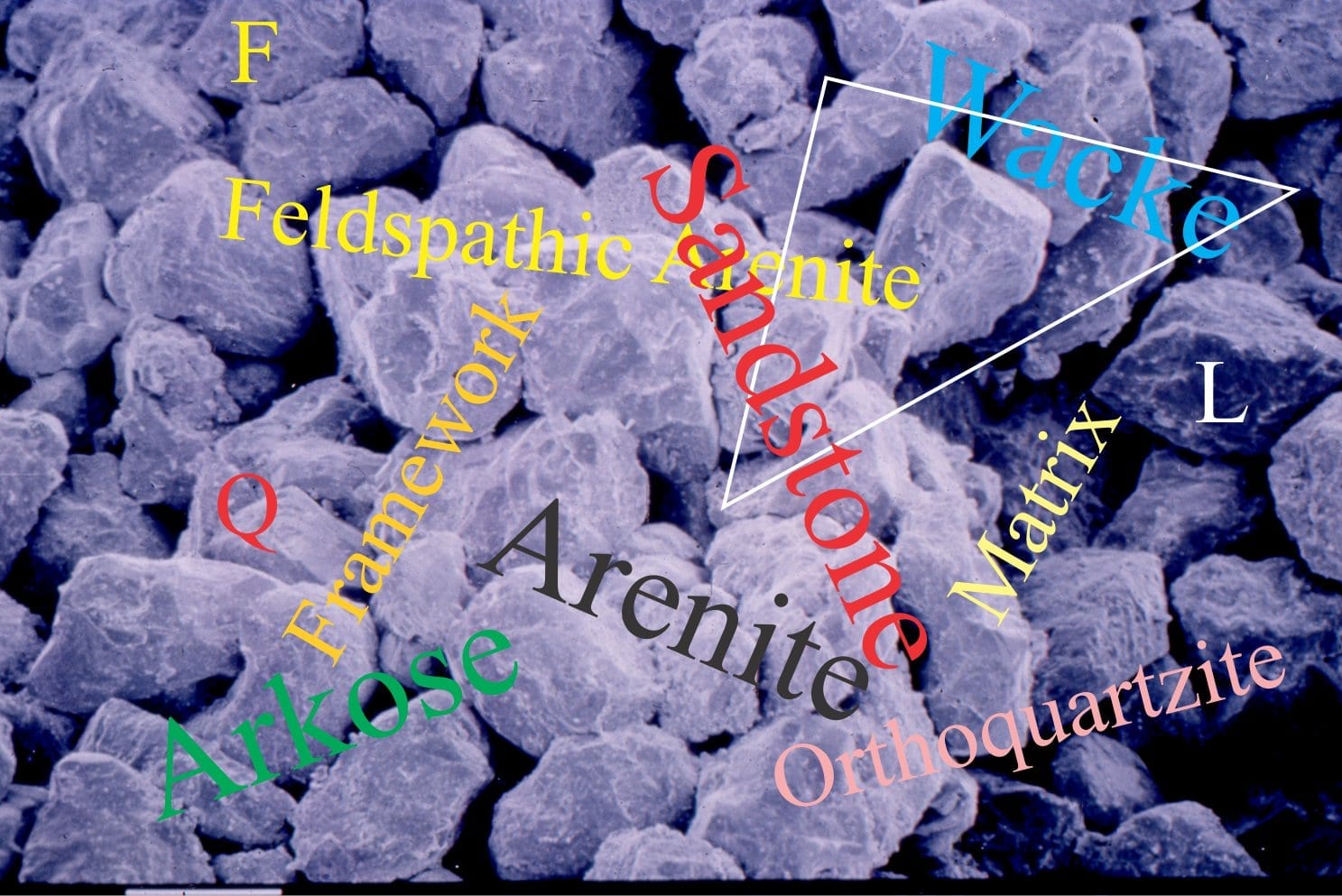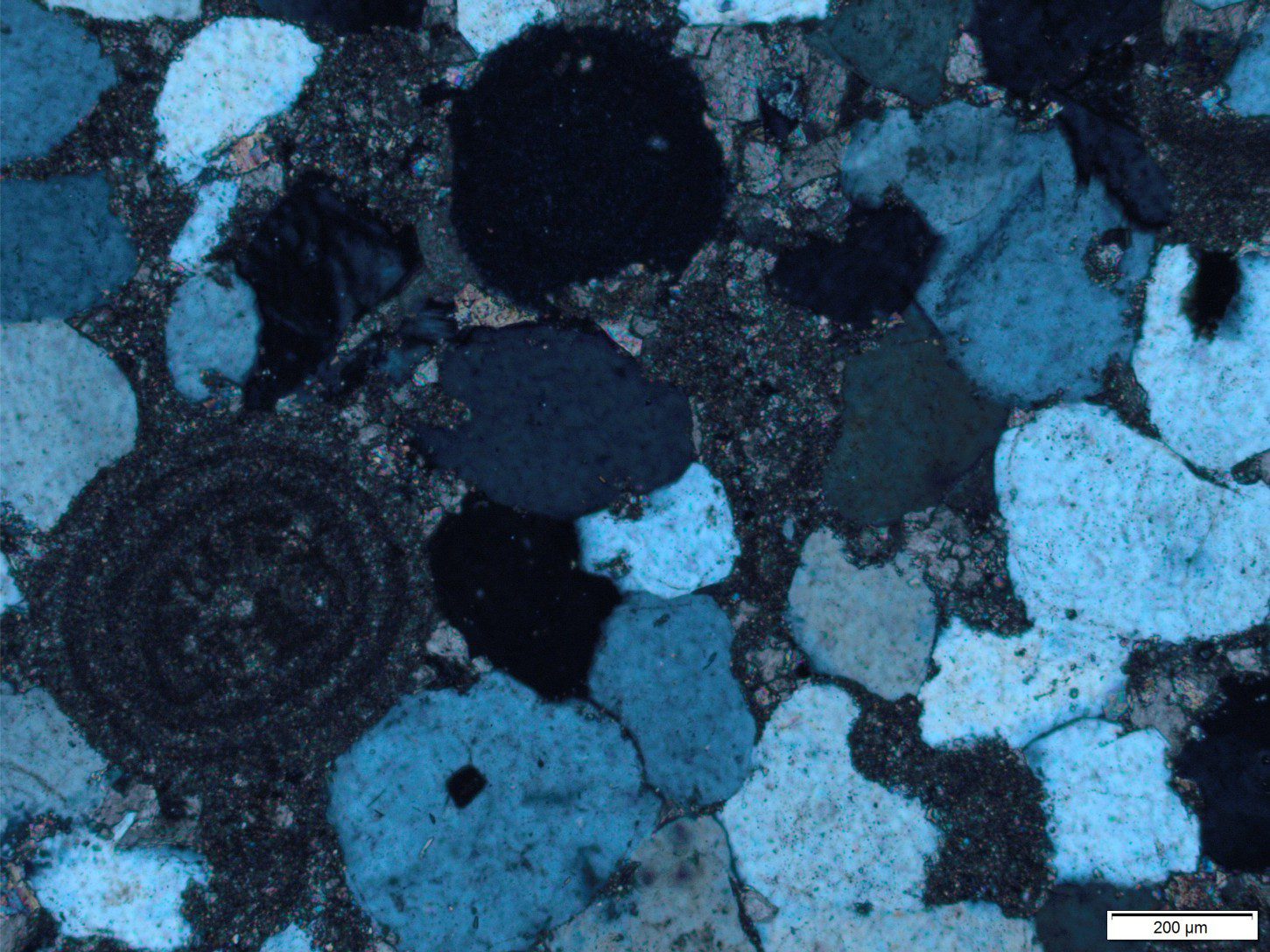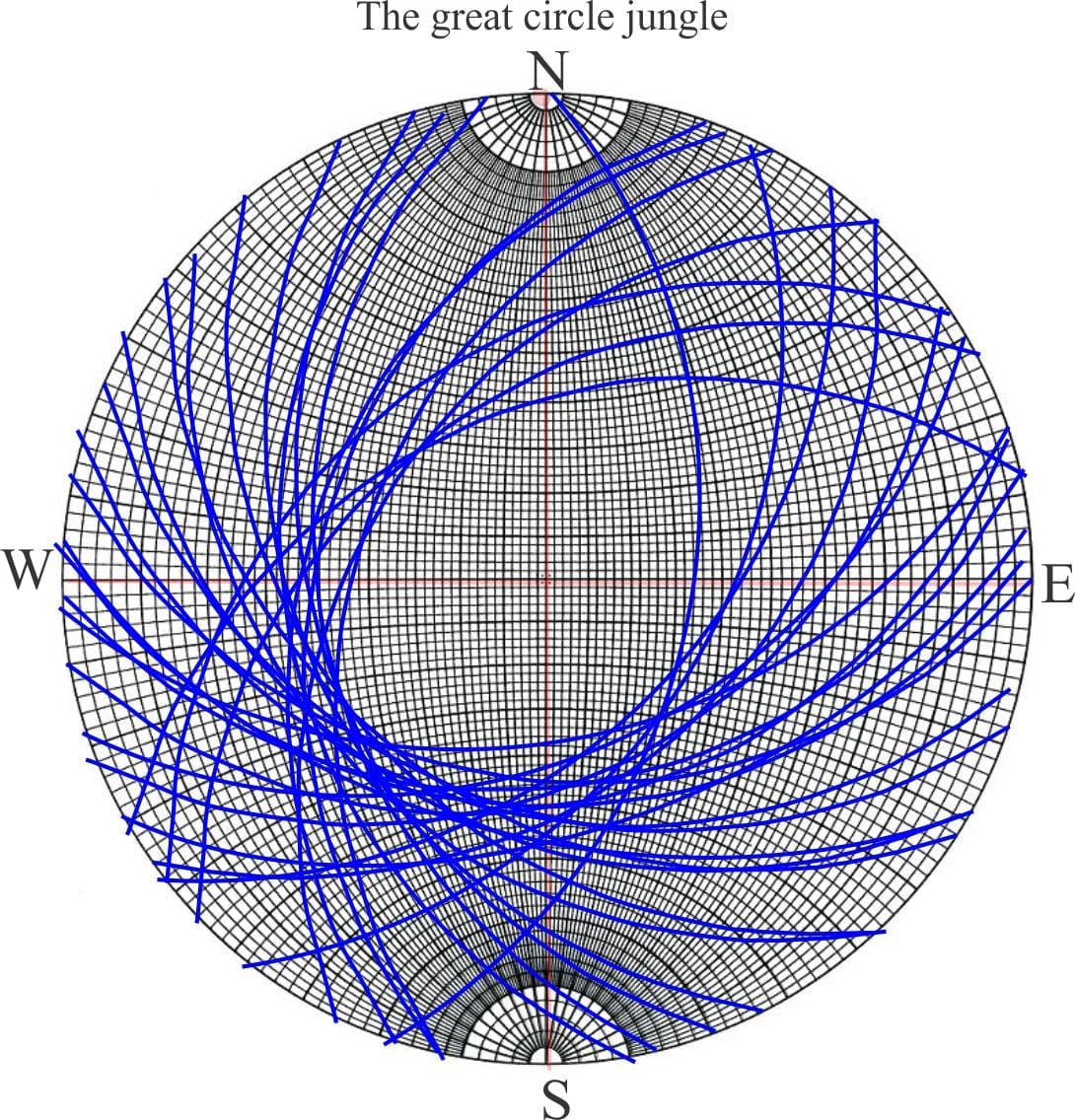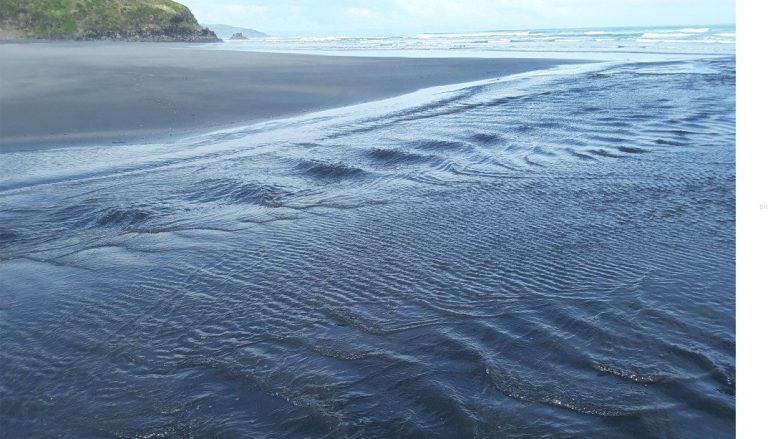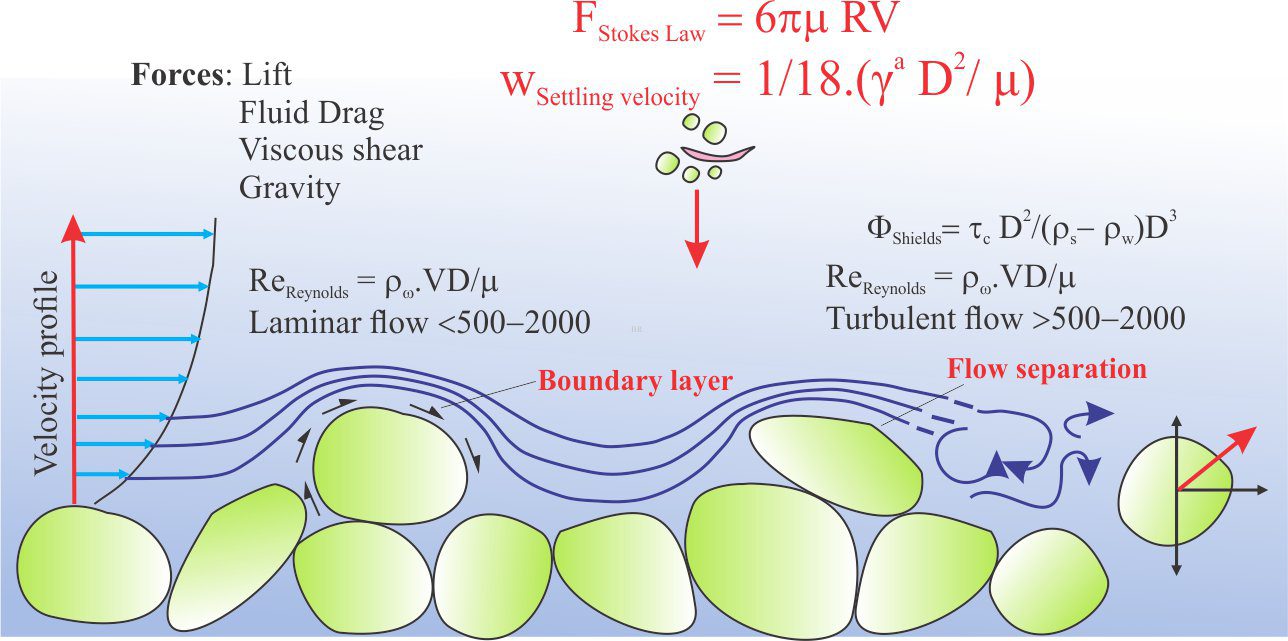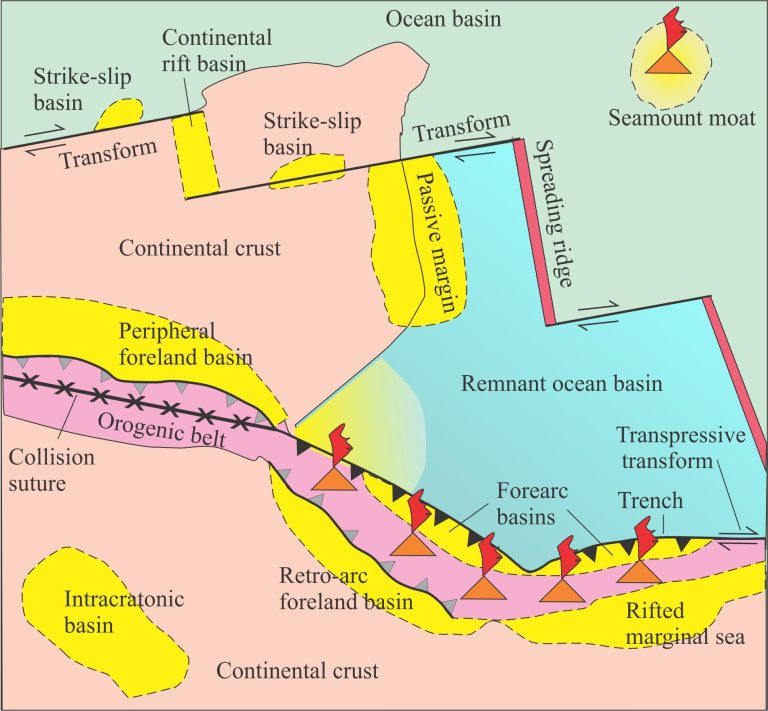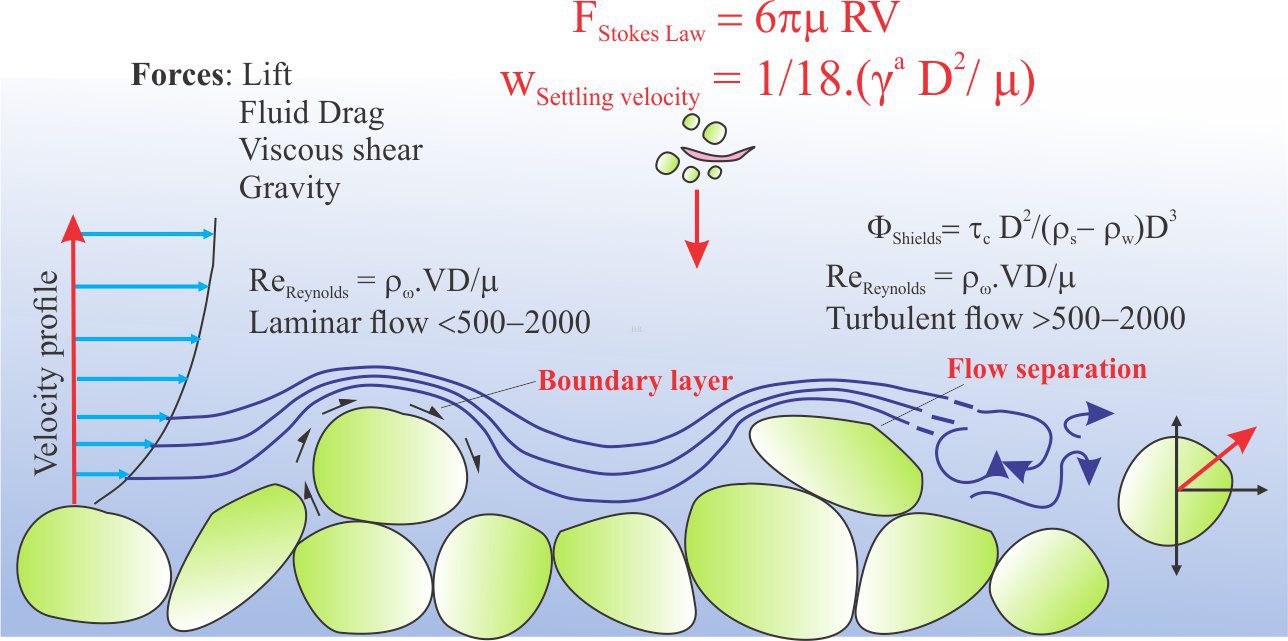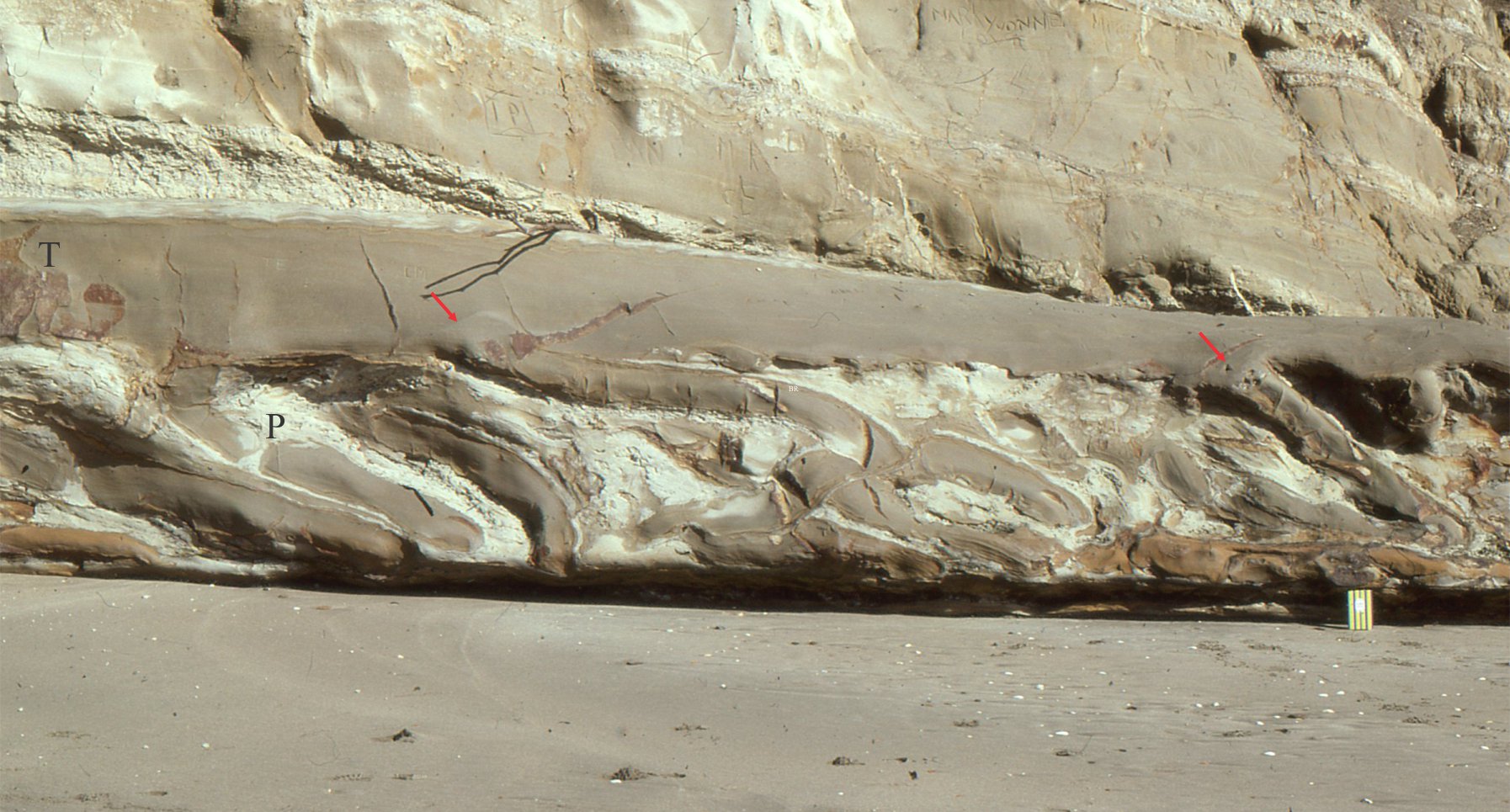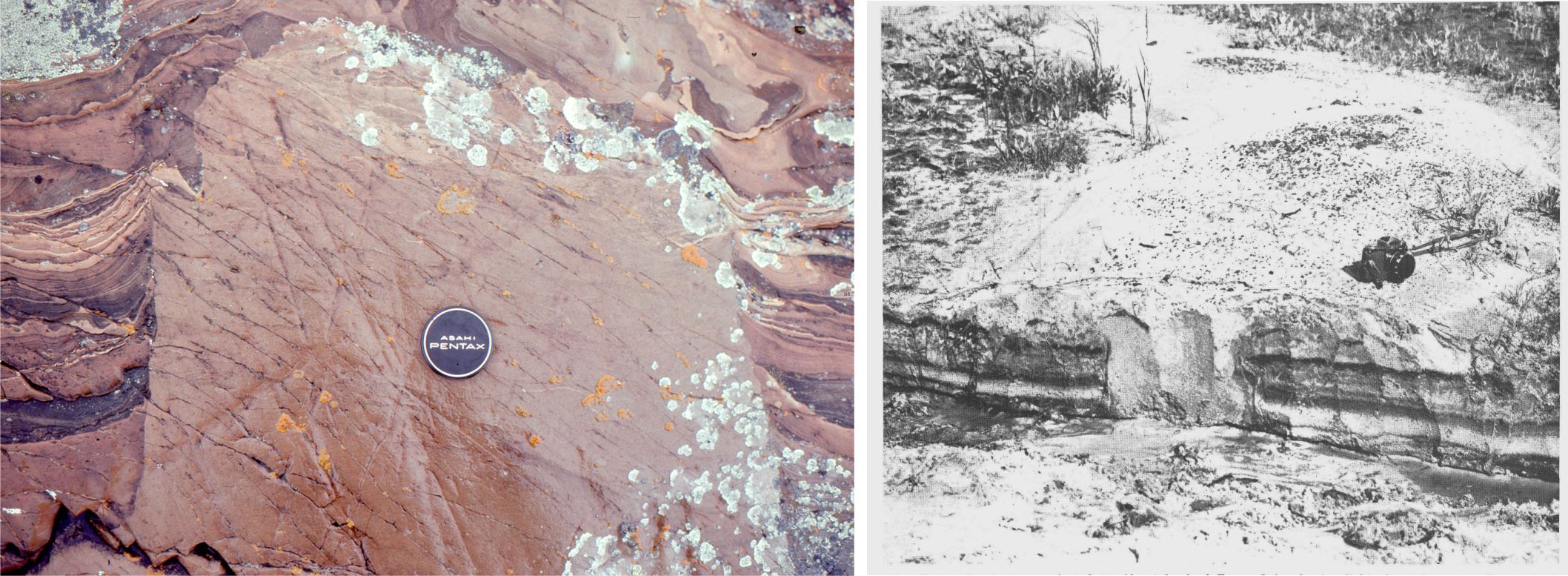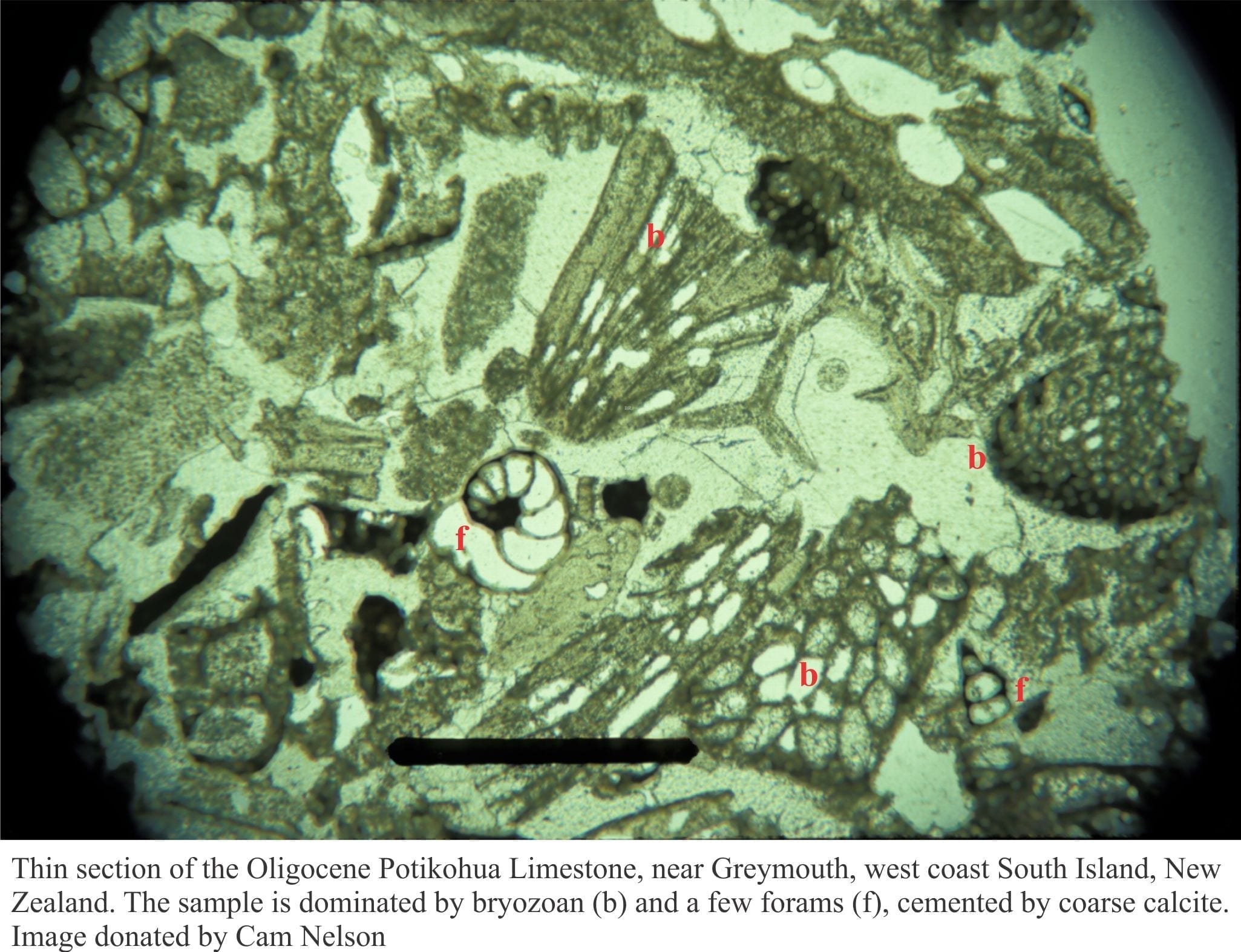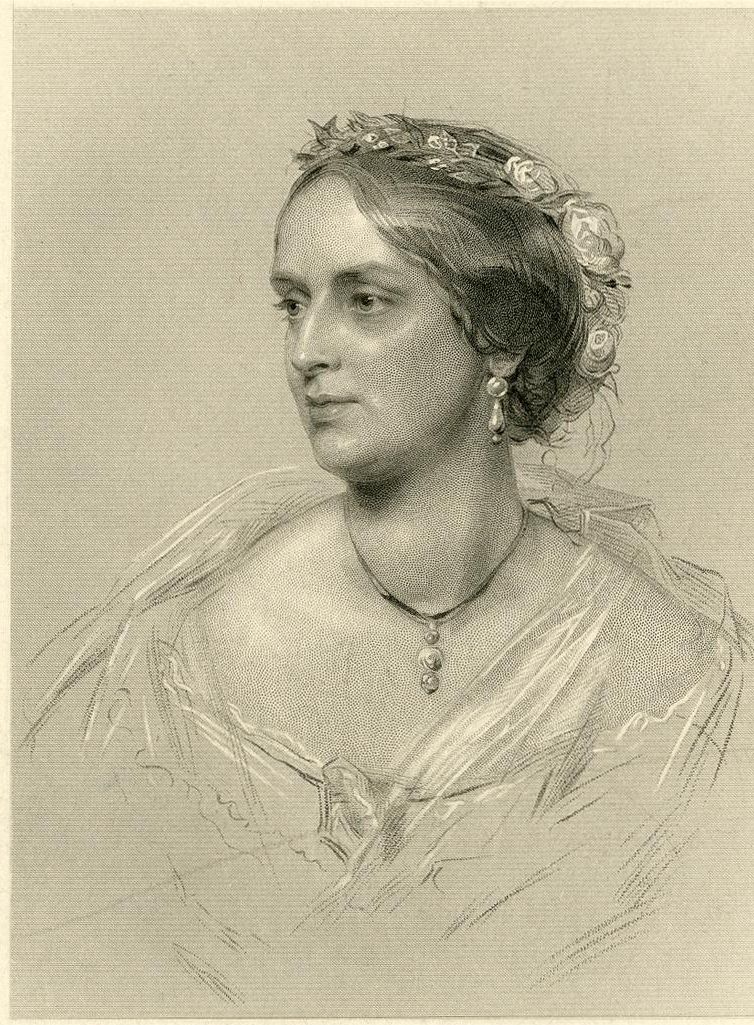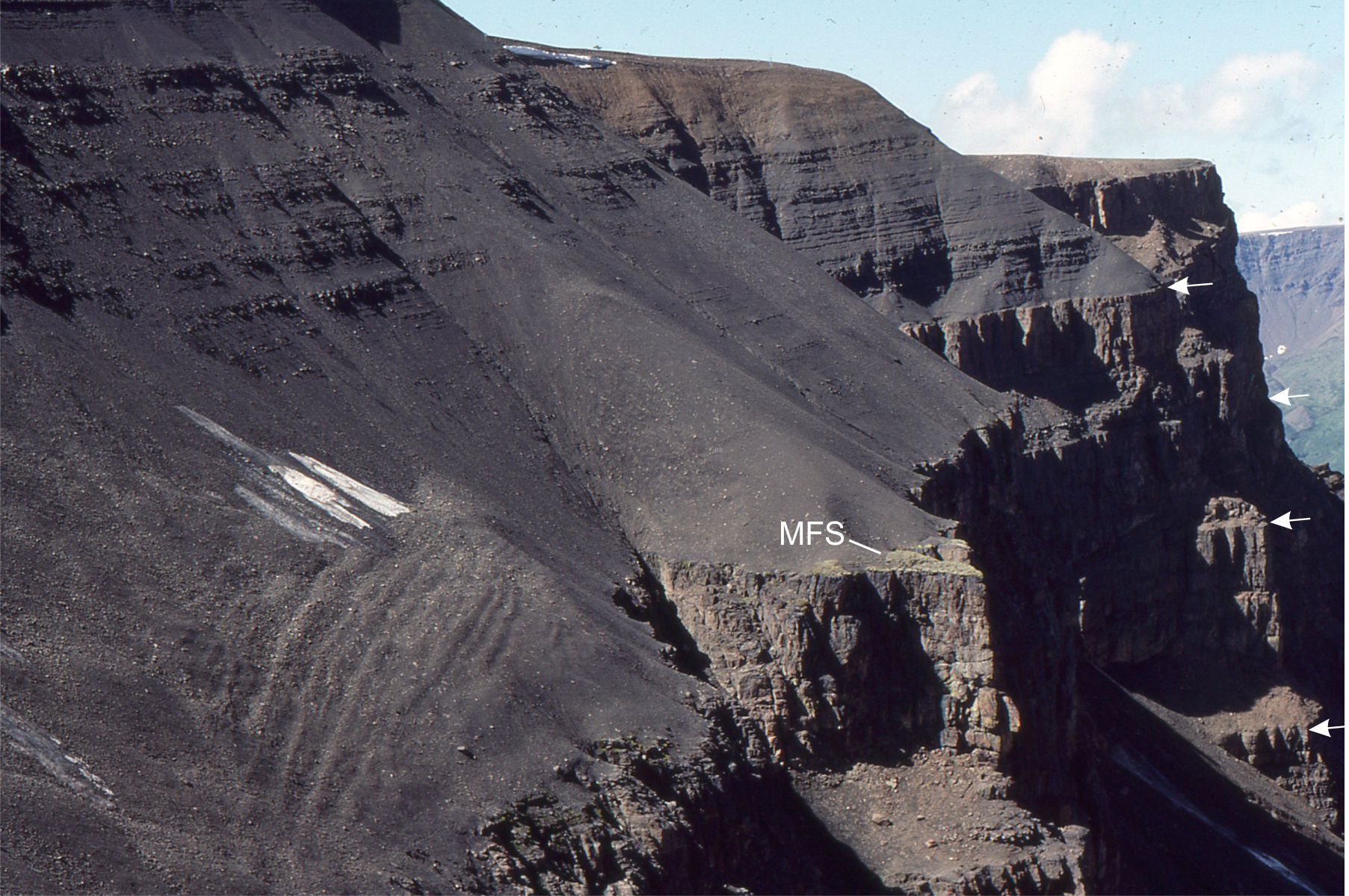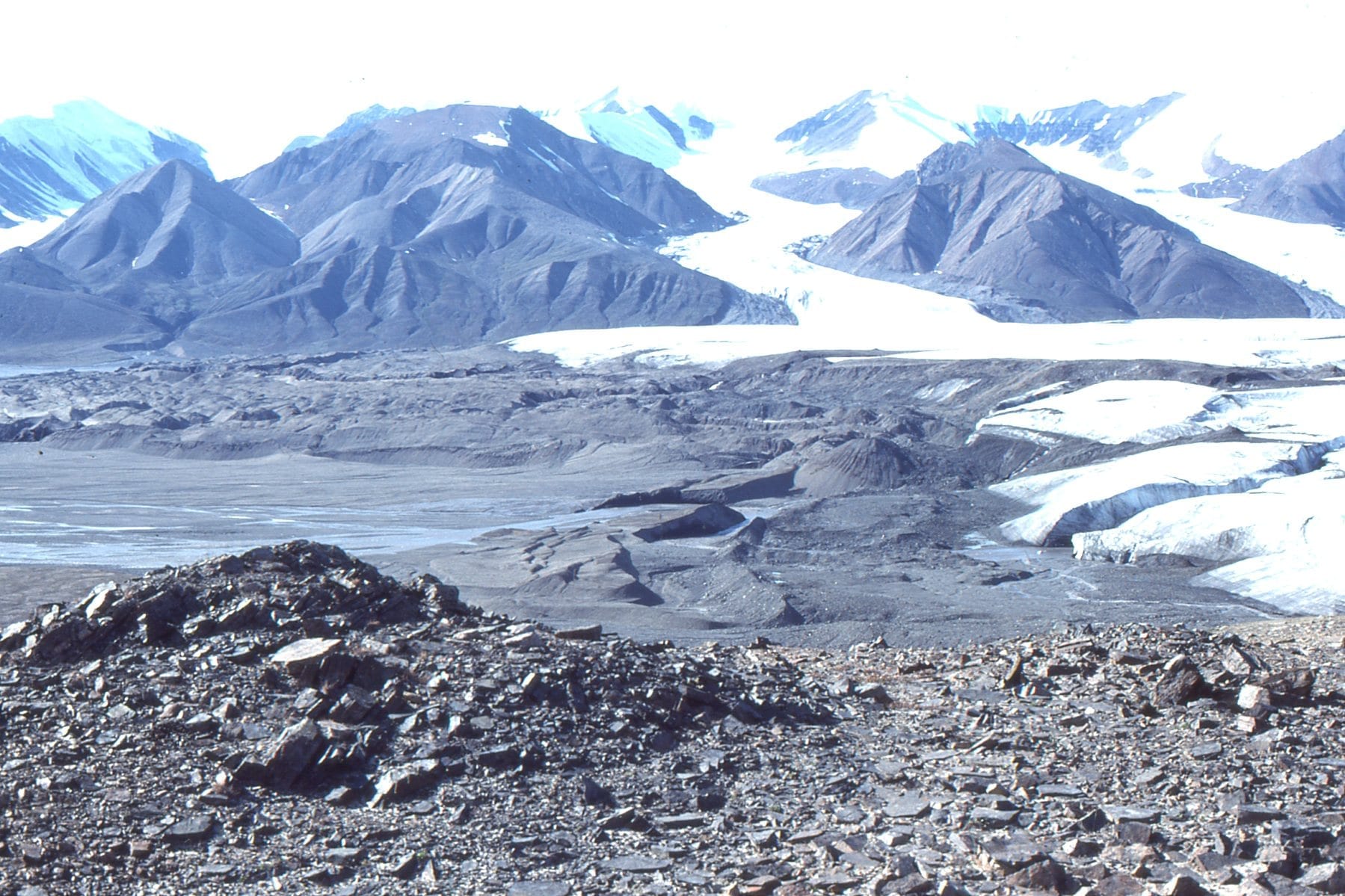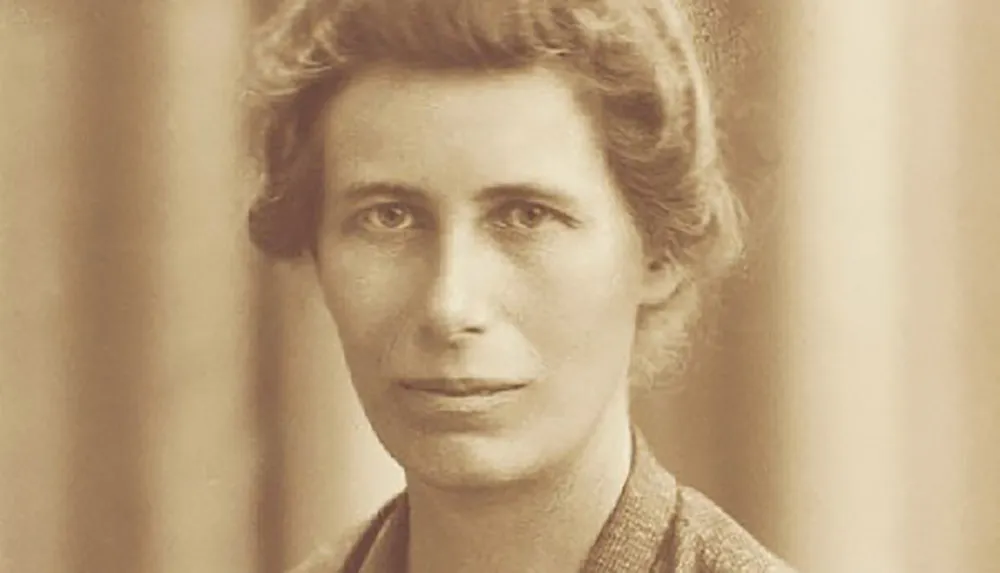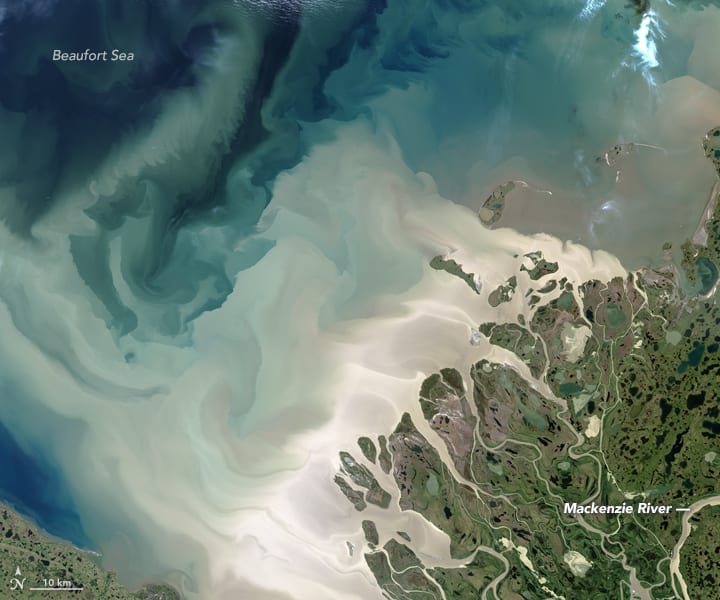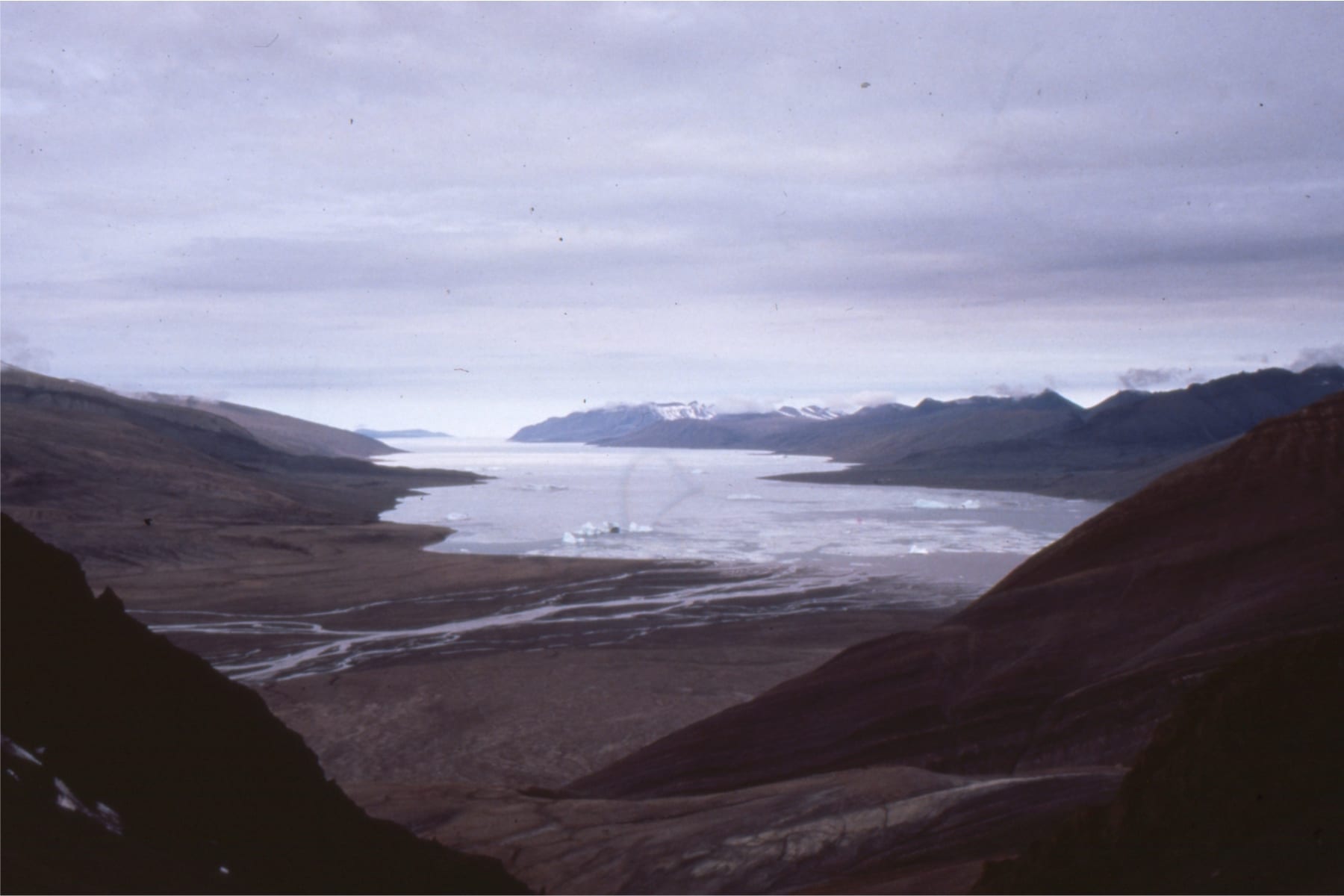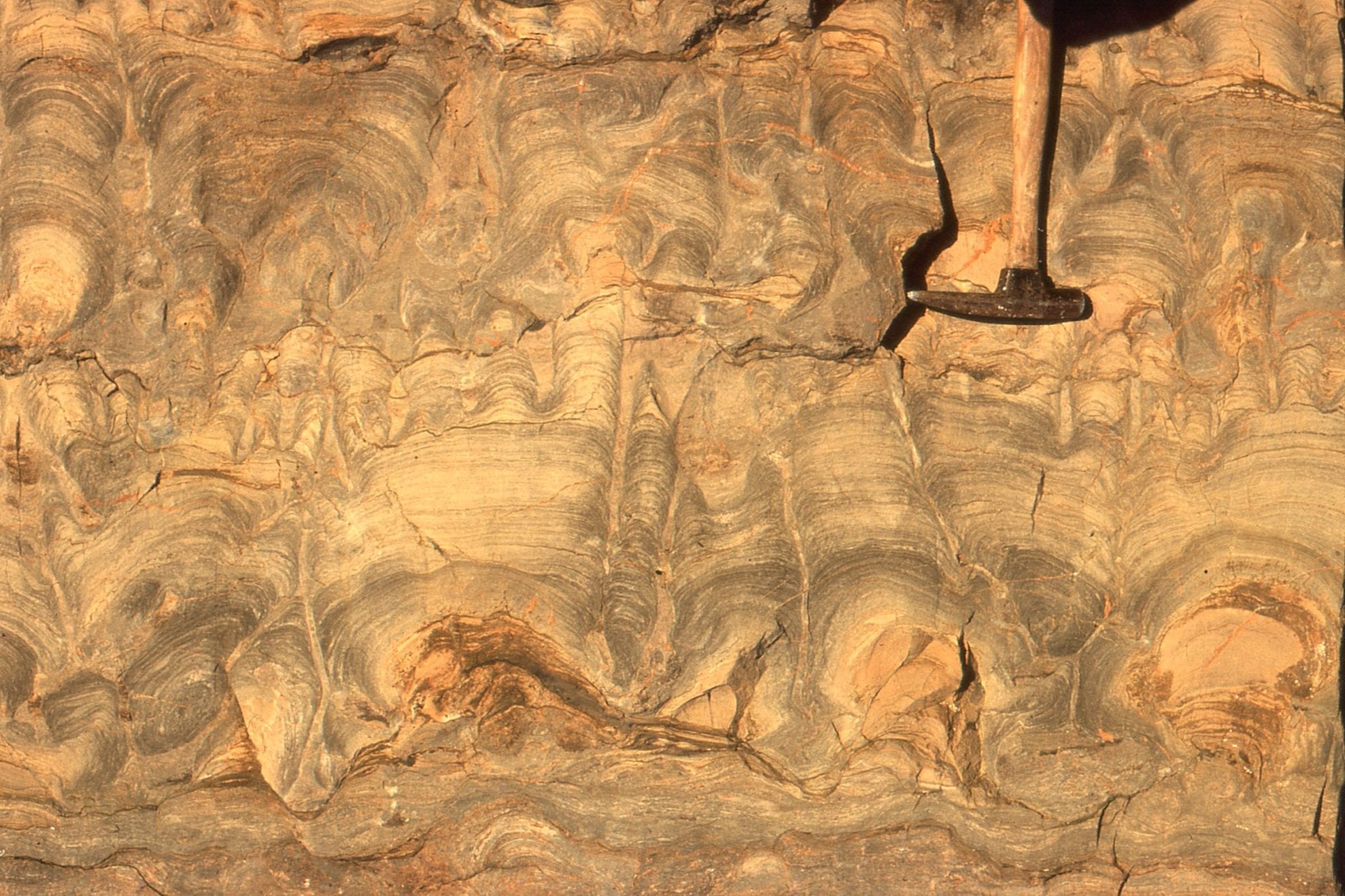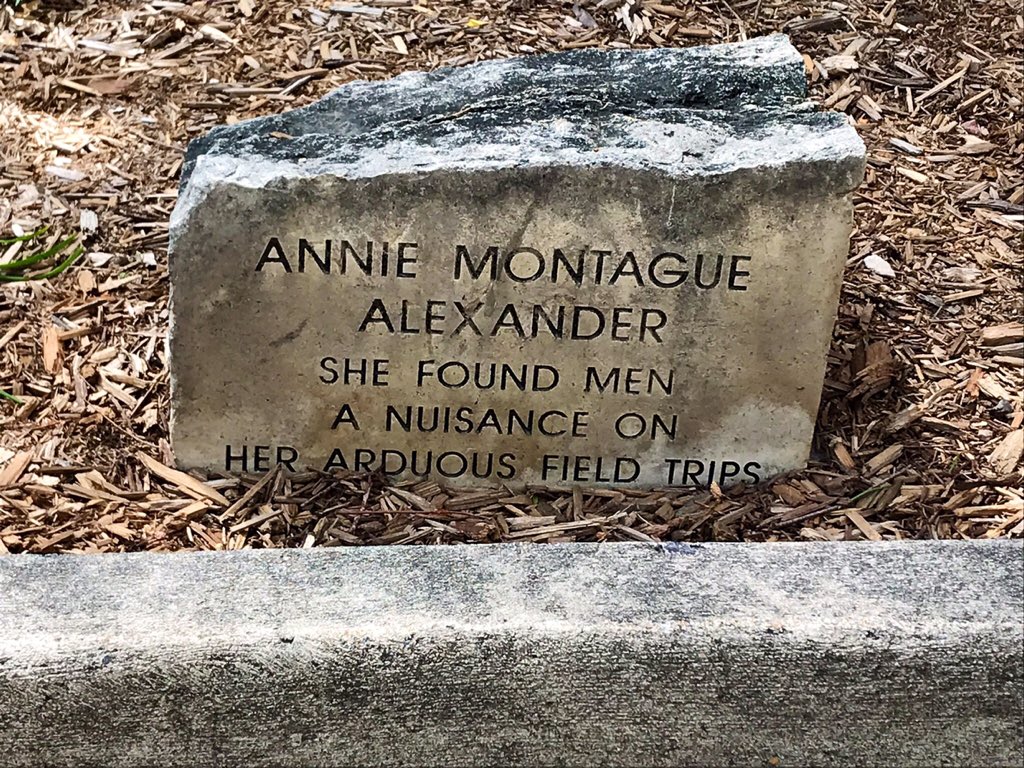
Image credit: ReBecca Hunt-Foster
This biography is part of the series Pioneering women in Earth Sciences – the link will take you to the main page.
Annie Alexander was born into wealth and led a fairly peripatetic life. It seems she preferred the outdoors to closeted tea parties, although travelling alone without female company was regarded as improper. However, in her early 30s she developed an interest in paleontology, particularly that associated with vertebrates, an interest or perhaps obsession that continued for the rest of her life. The intellectual impetus for this derived from a series of lectures on the subject given by paleontologist John Merriam at the University of California at Berkeley (1901). What better excuse does one need to spend extended periods in the field.
In her first major excursion with Merriam, Annie not only collected specimens but prepared them for transport and despite underwriting the costs of the field camp was basically expected to… “Night after night we stood before a hot fire to stir rice, or beans, or corn, or soup, contriving the best dinners we could out of our dwindling supply of provisions. We sometimes wondered if the men thought the fire wood dropped out of the sky or whether a fairy godmother brought it to our door, for they never asked any questions…” her notes from the 1905 expedition to west Humboldt Range in Nevada. Even with the rigours of camp life the expectations of early 20th century society seemed to follow the women to the most isolated locations. She compiled a ‘scrapbook’ of the expedition, using her text and photographs. The scrapbook is available in PDF form.
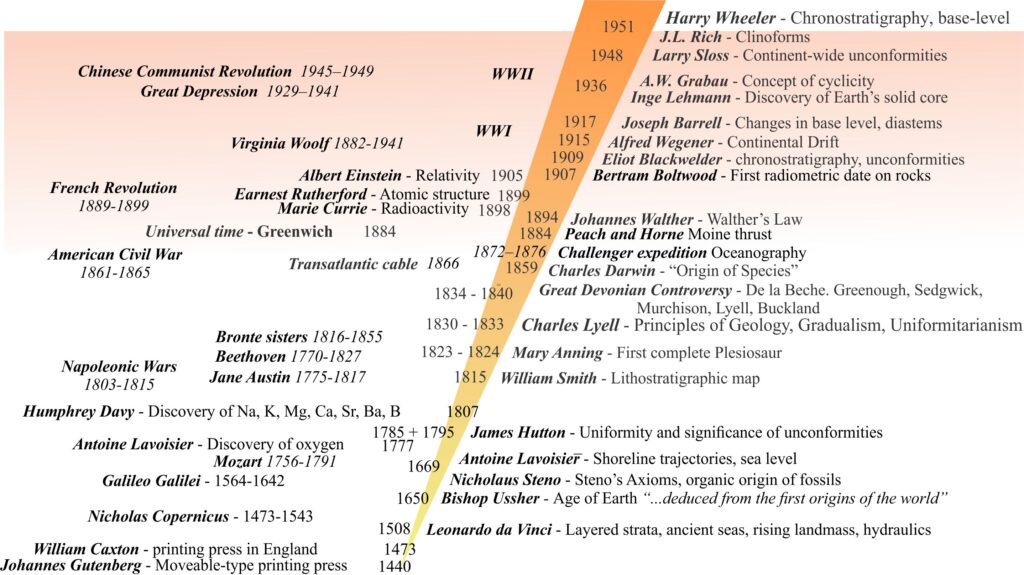
A trip to Africa with her father Samuel Alexander in 1904 allowed her to hone her skills at photography, focusing on the wildlife and vegetation, but also collecting and documenting animal specimens. They travelled widely through Kenya (then called British East Africa) and Uganda. It was in Kenya near the end of their expedition that her father died after being struck by falling rock debris.
In 1908 she met Louise Kellogg who became Annie’s partner in life and the field. Both women became important philanthropists, funding paleontological expeditions, research funds, and student scholarships.
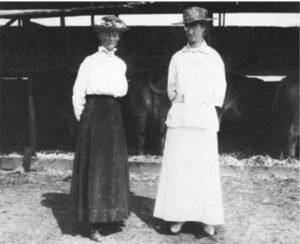
Alexander was the prime mover in establishing the Museum of Vertebrate Zoology at Berkeley in 1908, to which she contributed more than 20,000 fossil specimens. She continued to fund expeditions, including an endowment in 1934, and endured the rigours of field work even at 80 years old.
References and other documents
Founder of the MVZ; Annie M. Alexander (1867-1950). Museum of Vertebrate Zoology.
Annie Alexander. University of California Museum of Paleontology.
The Annie M. Alexander Papers (correspondence, papers etc. available for research):
Barbara R. Stein, 2001. On Her Own Terms: Annie Montague Alexander and the Rise of Science in the American West. University of California Press.
Ferwen. Letters from Gondwana, 2015.
Jackie L. Childers, 2016. The Woman Beyond the Portrait: Annie and Samuel Alexander’s 1904 Expedition to East Africa. Museum of Vertebrate Zoology Archives.
Nevada Museum of Art: An exhibiton – Deep Time: Sea Dragons of Nevada, that showcases Annie Alexander.
